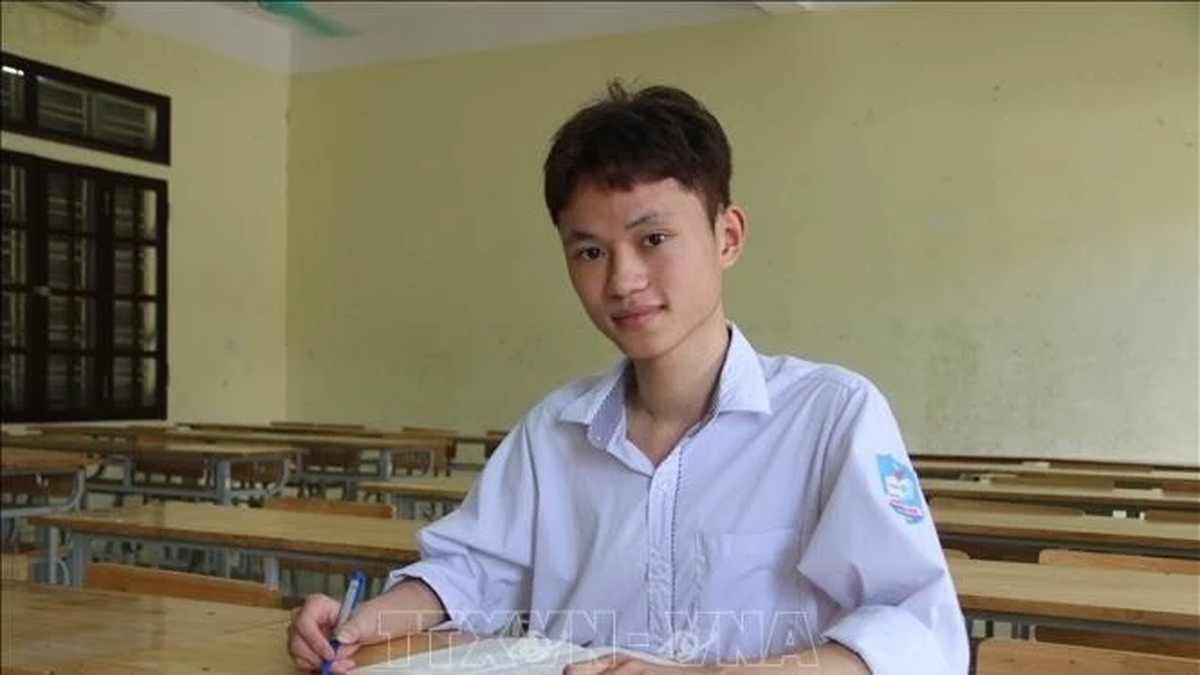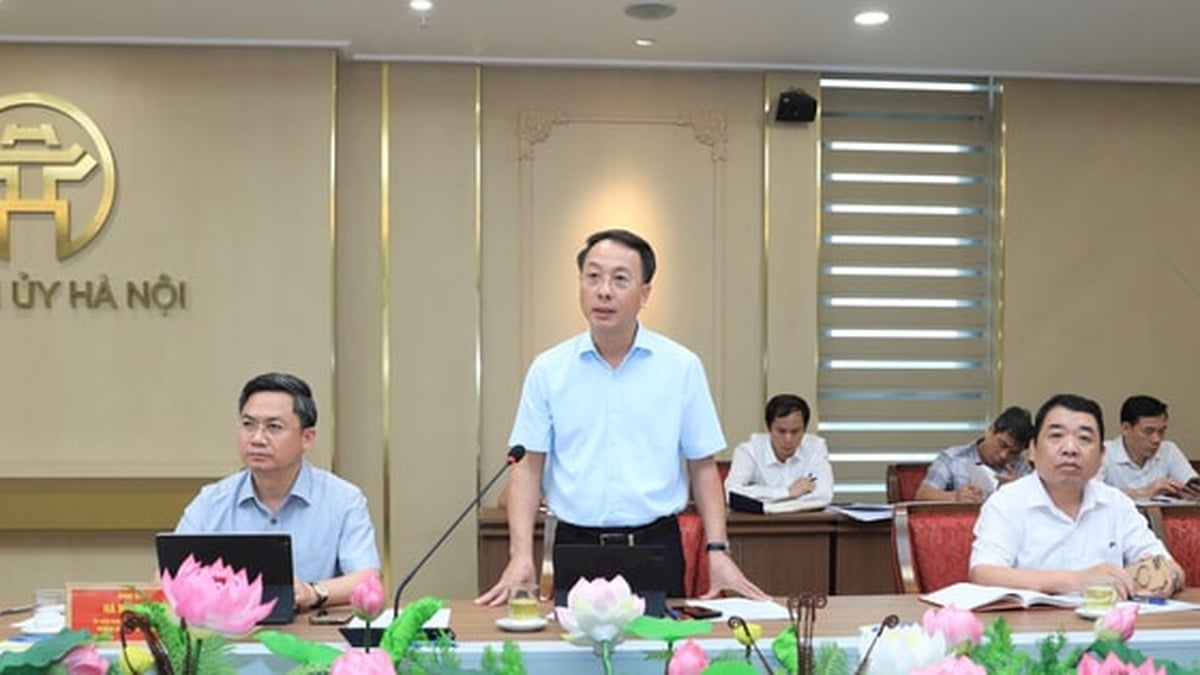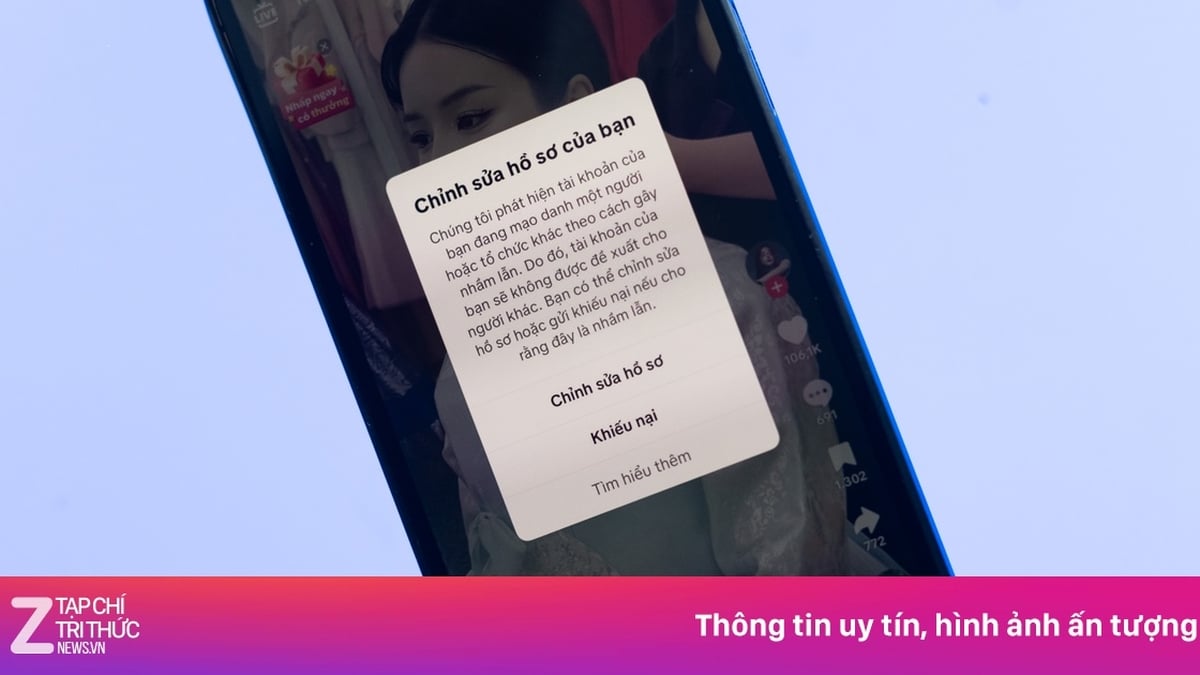Deepfake Scam Calls: A New and Very Sophisticated Scam
A typical case is Ms. VTM (26 years old, Long Bien, Hanoi ) who received a message from a relative abroad asking her to transfer 75 million VND to a certain account. At that time, Ms. VTM thought this was a relative so she did not hesitate to transfer the money.
Ms. VTM said that when she received a message asking to borrow money from a relative, she carefully called back to check the video and saw that the image was indeed her friend. Ms. VTM trusted her and transferred the loan. But after a while, she saw a post on her relative's personal page announcing that her Facebook account had been hacked by a scammer to ask some friends and relatives to borrow money. Ms. VTM called back her relative and found out that she had been scammed.
Or the situation of Mr. VDC (42 years old in Co Nhue, Hanoi) said that he was scammed out of 30 million VND by a Deepfake video call. Specifically, recently, a relative's account abroad texted to borrow money because of an urgent matter. Immediately after that, Ms. Tam received a video call via Facebook's Messenger application.
“The call only lasted a few seconds, but I saw my loved one’s face and the familiar way of addressing him, but the call was intermittent. Then I received a message that the signal was weak so I couldn’t continue the video call, so I switched to texting for convenience. I trusted him and transferred the money as instructed,” Mr. VDC recounted.
Commenting on this issue, technology expert Ngo Minh Hieu, National Cyber Security Monitoring Center (NCSC) shared that artificial intelligence (AI) technology is helping a lot in people's lives. However, bad guys have taken advantage of AI technology to create voice-copying images, from hijacking Facebook and Instagram accounts... then studying messages, forms of address, transaction history... to create fake calls and scam money from relatives and family of the hijacked account, to calling the victim directly to create urgent situations requiring money transfers.
“After taking over the victim's Facebook, the scammer proactively texted the victim to borrow money, then proactively video-called the victim with a Deepfake video and hung up for a few seconds, then said he lost his phone signal... At this point, the victim trusted him and transferred the money because the other party needed to borrow money urgently,” technology expert Ngo Minh Hieu commented.
Mr. Ngo Tuan Anh, Chairman of the Board of Directors, CEO of Smart Cyber Security Joint Stock Company, said that online fraud can currently be divided into two main methods, which are impersonating investigative agencies and courts and exploiting people's "greed" such as receiving large rewards and making easy money... With these two forms of fraud, there are many different scenarios, including the scenario where users will be advised to cross-verify information by making a video call. It is the fraudsters who came up with this "neutralization" method to scam victims.
How does deepfake work?
According to Hanoi City Police, Deepfake is a technology that applies artificial intelligence (AI) to create audio, image and video technology products that fake real-life objects with very high accuracy.
Based on the image file of a real-life person's face and voice, Deepfake will use algorithms to recreate the face and voice that match the facial features and expressions of another person; then create a video that completely impersonates the real-life subject. Through the internet, the subjects collect images and voices of users on social networks, using Deepfake technology to create animations and fake videos of users talking online with the same face, voice tone and way of addressing.
The subject creates fake social media accounts with the same information and profile pictures as the user, befriends the victim in the friend list, and sends messages to borrow money according to a pre-existing scenario. In some cases, the subject hijacks the user's social media account to directly message the victims in the friend list. To gain the victim's trust, the subject uploads existing Deepfake videos to the video call channel, making the victim recognize the image and voice of an acquaintance and quickly transfer money according to the subject's request.
Hanoi City Police added that with Deepfake technology, fake videos have high accuracy, making it difficult to distinguish between real and fake. However, videos created by the subject often have general content, not completely consistent with the actual context of communication with the victim, which can make the victim suspicious and detect. To cover up the above shortcomings, the subjects often create videos with difficult-to-hear sound, unclear images, similar to video calls with unstable signals made in areas with weak mobile/wifi coverage. This is a very new and very sophisticated scam.
How to prevent facial and voice data from being stolen?
According to technology expert Ngo Minh Hieu, the best way to avoid Deepfake is for users to limit sharing personal images or videos online; and always secure social media and email accounts with high-level passwords.
If you share videos or clips online, you should distort your voice and replace it with a robot or AI voice to prevent bad guys from knowing your real voice.
If Deepfake is faked, users should immediately notify everyone and report to the authorities at canhbao.ncsc.gov.vn or report to the chongluadao project https://chongluadao.vn; at the same time, it is necessary to raise awareness of fraud recognition in cyberspace at: dauhieuluadao.com.
Hanoi City Police recommends that people be vigilant when receiving any messages or video calls with the content of borrowing or lending money via social networking applications. People need to stay calm when receiving any messages or video calls with the content of borrowing or lending money via social networking applications, then call or contact relatives directly to verify (do not call via social networking applications such as Zalo, Messenger, Viber, Telegram, etc.). In case of suspicion of subjects impersonating relatives on social networks to defraud or appropriate property, people need to immediately report to the nearest police agency for timely support and to combat, prevent and strictly handle subjects according to the law.
Sharing about how to prevent and combat scam calls, Mr. Ngo Tuan Anh noted that people need to be vigilant and not click on strange links. If transferring money, there is a simple and effective way to verify: check on the bank's internet banking application to see if the correct information of relatives and friends is displayed when entering the account number before transferring.
Technology expert Ngo Minh Hieu said that a sign to recognize and avoid Deepfake calls is that the character's face in the video lacks emotion and is quite "indifferent" when speaking, or the posture is awkward, unnatural, or the head and body direction of the character in the video are inconsistent with each other.
According to security companies, Deepfake is a combination of “deep” in “deep learning” and “fake”. Deep learning is the use of advanced AI methods that apply many algorithms to gradually synthesize advanced features from input data. From there, this technology has the ability to synthesize and learn from data that users enter such as human faces, physical movements and voices. Deepfake can assign one person’s face to another in a video with high authenticity. |
OFFICE STYLE
Source



















































![[Maritime News] More than 80% of global container shipping capacity is in the hands of MSC and major shipping alliances](https://vphoto.vietnam.vn/thumb/402x226/vietnam/resource/IMAGE/2025/7/16/6b4d586c984b4cbf8c5680352b9eaeb0)













































Comment (0)